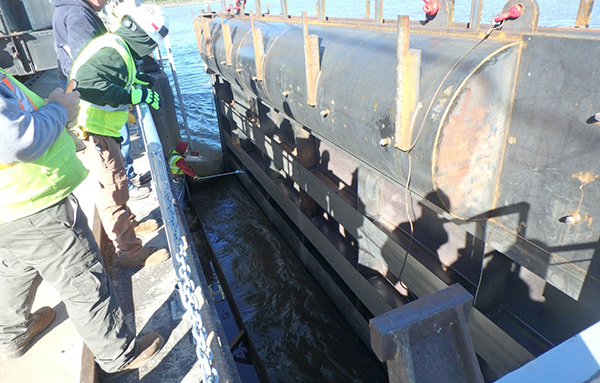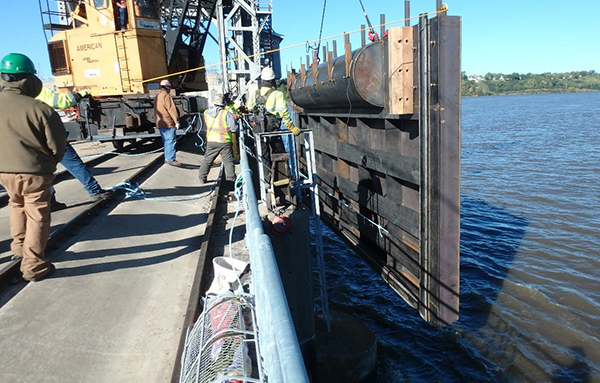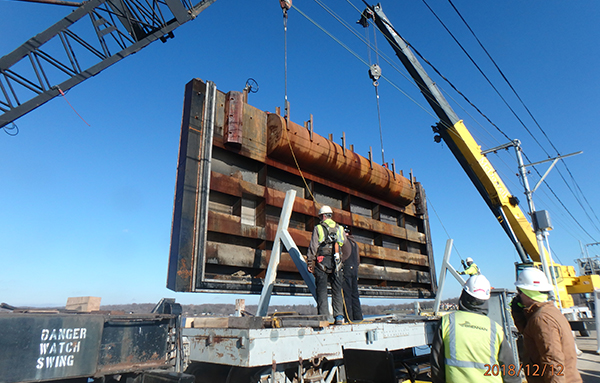Crest Gate Automation Project for Confidential Client



The client required assistance with converting a portion of their 119 crest gates on a dam from manual operation to remote automatic operation. Concerns for worker safety of the manual gates in adverse conditions prompted the client to pursue automation on a fast-track schedule. Two traveling cranes manually operate all spillway gates, and any modifications would need to avoid any interference with this existing system.
Kleinschmidt initiated the project with pre-screened alternatives at the kickoff meeting which proposed five alternatives for the client’s further evaluation. Following their decision to go with a non-rising stem Vertical Life Gate, Kleinschmidt developed a 30% civil design of the gate that provided the gate manufacturers the details they need to provide a gate that can be installed in the existing space and defining in detail the civil modifications required for the installation of that gate. After the client selected the gate manufacturer, Kleinschmidt completed the civil and electrical designs. During constructability conversations with the client, we proposed a floating bulkhead to allow de-watering of any single spillway bay (no stoplog slots existed). This would not only accelerate gate installation, but also allow more efficient inspection and maintenance on anyexisting spillway gate. The client agreed with this approach and we then prepared separate gate procurement specifications for the lift gate and floating bulkhead. Kleinschmidt also provided bidding and construction assistance.
The existing traveling cranes along the spillway deck limited overhead space and prevented most traditional gate systems. An innovative non-raising stem approach avoided interferences and a new floating bulkhead system saved time and money Kleinschmidt’s design met the client’s interests in improving operator safety by developing a design that allow for remote operation under adverse conditions, is reliable and can withstand ice and debris typical of the Mississippi River. Kleinschmidt’s floating bulkhead saved costs by minimizing cofferdams and existing spillway modifications along with a focus on constructability.
